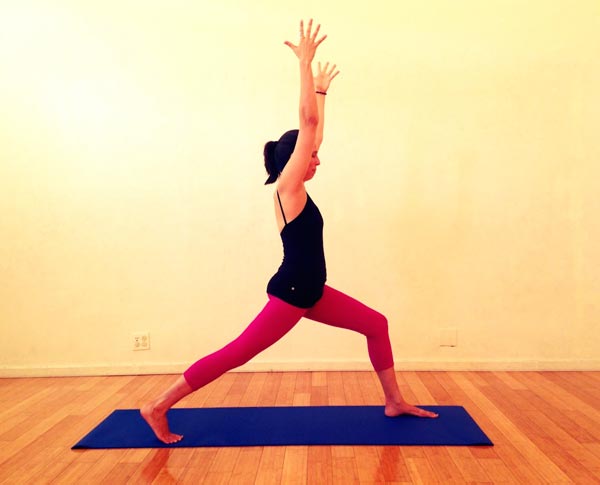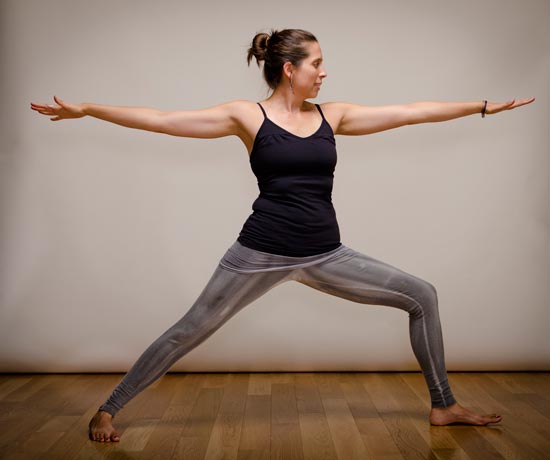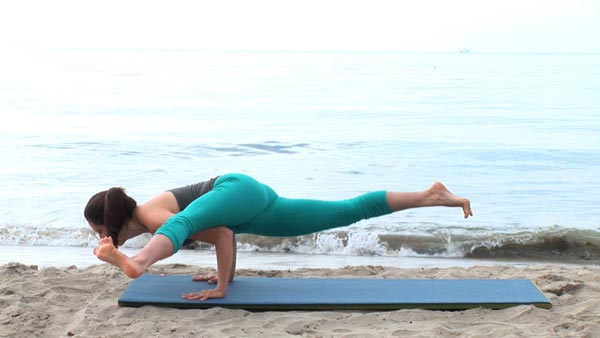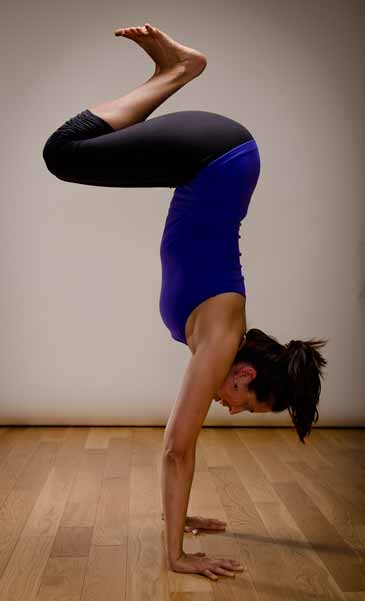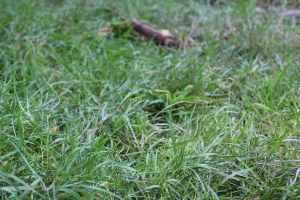This is one out of a handful of our favorite articles on walking, including topics covering what various “walking parts” do as well as other whole-body considerations. Find the rest of them in the walking section of Our Favorite Feet, Footwear, and Walking Resources.
This is one of three posts that support the "why we need to think about cross-training in a much bigger way" section in Move Your DNA. This is the first, then Upper Body "Terrain", then Upper Body Texture.
When I was little it was hard to comprehend just how big SPACE was. I knew about planets, moons, stars, and even galaxies, but it wasn't until I was in college that I truly started (I'm still working on it) to grasp not only the number of celestial bodies, but the distance between them.
While getting to the moon was certainly a huge technological feat for us humans, considering the size of space, traveling the distance between the Earth and its moon is an infinitesimally small step when you consider the distances yet to be traveled. This all being a metaphor, of course, for the challenge I lay down for you today: Increase the "depth" of your cross training.
This is the first of three, mostly-pictures posts. With these posts, I am hoping do a good job at not only communicating why the idea of cross training as we typically think about it is more like "going to the moon" and less like "space travel." Meaning that swapping one mode of exercise for another, or even cycling through 20-30 poses in an hour doesn't take you very far when it comes to exploring the depth of your cellular vastness. And by "exploring" I mean "loading."
So, my lesson, in pictures.
You can use multiple parts of your body within a mode of exercise (thanks to my friend Jenni for these pictures!):
You can vary modes of exercise to use different parts (thanks to friends coach Tawnee Prazak--photo by John Segesta, cyclist Greg K. and ISM Saddles, and Roland D. from Eat Well Move Well for the pics!)
But chances are you're not varying the surfaces upon which you move. What happens when you do any of the above activities on varying terrain? You work the parts of your body that are stimulated by the tiny geometrical adjustments necessary to cope with them. (Thanks to my 3-year-old for the unsolicited pic of asphalt.)
What happens when the bulk of your movement is consumed on flat and level (the least natural, barely occurring in nature...ever...type of terrain)? Your body loses the skill and parts that deal with non-flat-and-level. You only train your body within a teeny-tiny percentage of possible loads. One thing about moving through nature is that the asymmetry of raw Earth demands the use of many parts of your body. Many of your parts are used only via moving at a natural frequency, through a natural medium.
What we currently consume as exercise is significantly limited by the surfaces we exercise upon. In most cases, the bulk of your parts are immobilized by flat and level ground, smooth bars and handles, pads and seats.
This year, go big (load changes) by going small (geometrical changes). The bulk of your body has been doing nothing while you exercise, because our current understanding of exercise is "looking at the moon." Allow more of your cells to venture.

